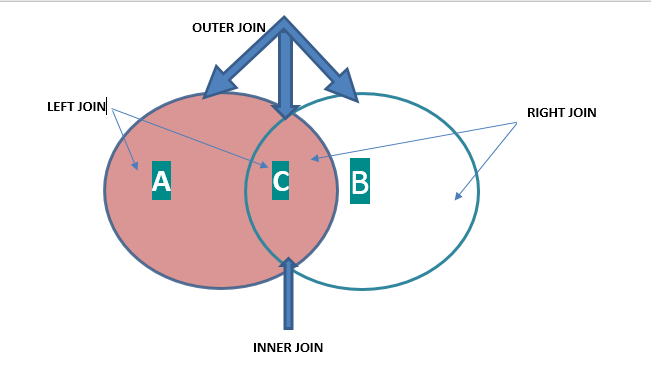Improving Teradata joins
In this recipe, we will list steps which will guide you to an overall health check of Teradata joins. This will be a high-level view of performance when it comes to JOINS. Steps in this recipe will not be dependent on type of join. You can apply these to any join, based on the problem in the query:

Getting ready
You need to connect to the Teradata database using SQLA or Studio.
How to do it...
- Connect to the Teradata database using SQLA or Studio.
- Write
SHOWin front of the query and execute it to get the list of all objects in the query, with their definitions. - Once you have the DDLs of all the objects, check the columns involved in joins.
- Execute
EXPLAINfor the query by pressing F6 in SQLA or writingEXPLAINin front of the query and pressing F5. - In
EXPLAIN, check for extremely high estimated rows or extremely low estimated rows and time; if these estimations are not in relation to table statistics, refresh the stats on the columns:
/*High Estimated Explain*/ 1) We do...





























































